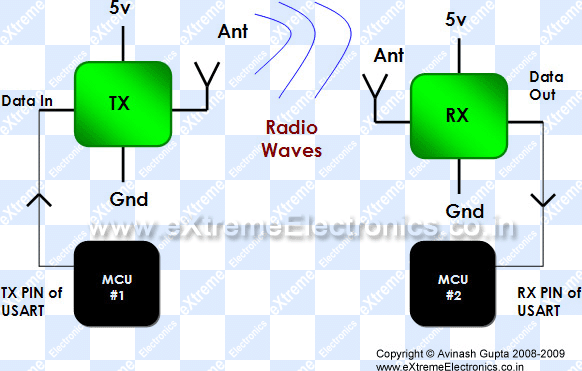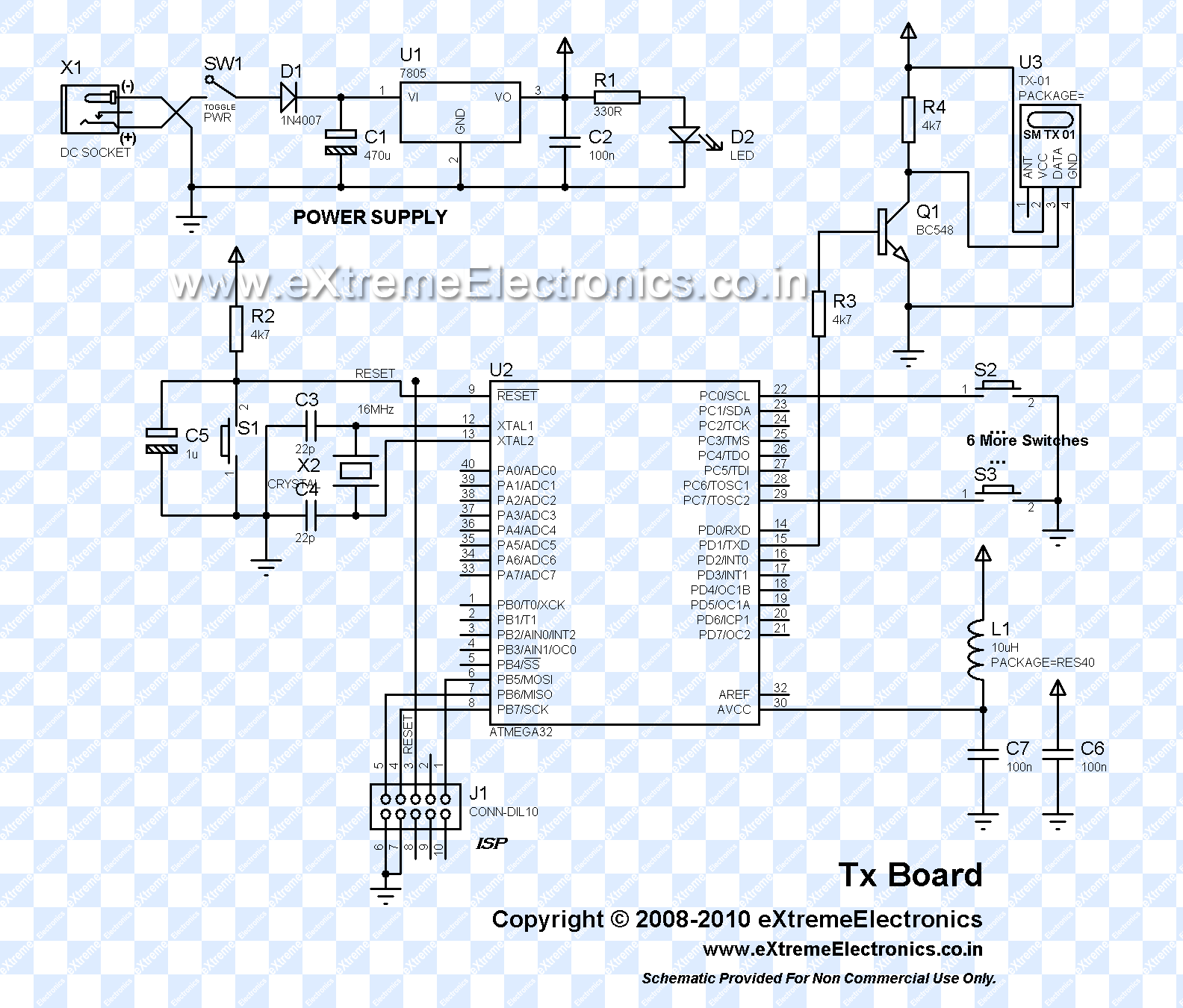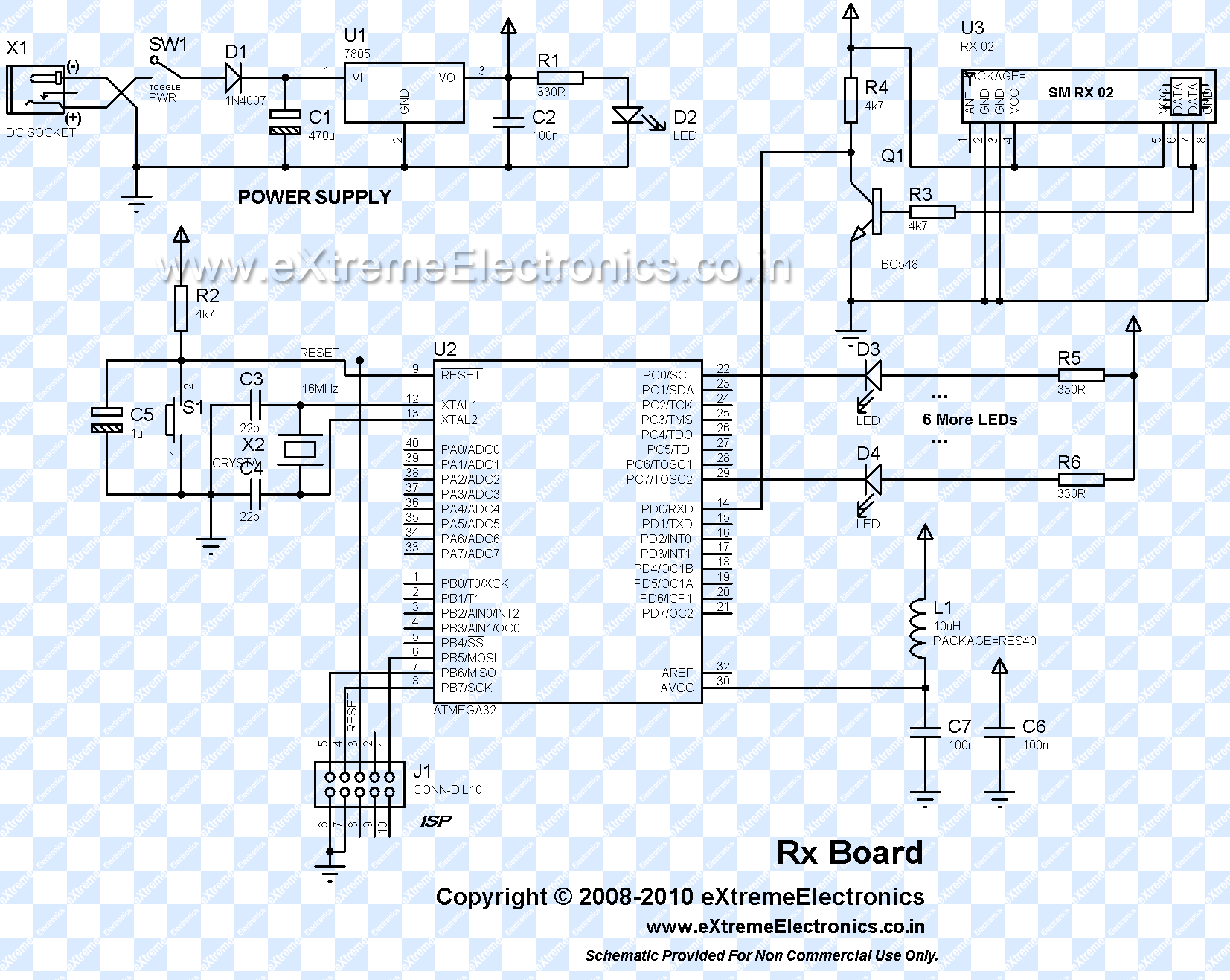kam1787
Advanced Member level 3
It sounds like you just want to automate the AC in one room;
RFID Negatives
- you have to carry the darn thing around - just seems silly to me to find and carry it around so you can 'automate' the AC in one room
- cost, complexity
- if you get short-range you still need a counter or way of detecting direction of egress
PIR has its problems:
- typically covers a wide area, so false triggers are likely [yes you can restrict the coverage, but why bother messing around]
- if done for the room, it will need extra circuitry to handle lengthy periods when you dont move [in your sleep]
RFID Negatives
- you have to carry the darn thing around - just seems silly to me to find and carry it around so you can 'automate' the AC in one room
- cost, complexity
- if you get short-range you still need a counter or way of detecting direction of egress
PIR has its problems:
- typically covers a wide area, so false triggers are likely [yes you can restrict the coverage, but why bother messing around]
- if done for the room, it will need extra circuitry to handle lengthy periods when you dont move [in your sleep]




